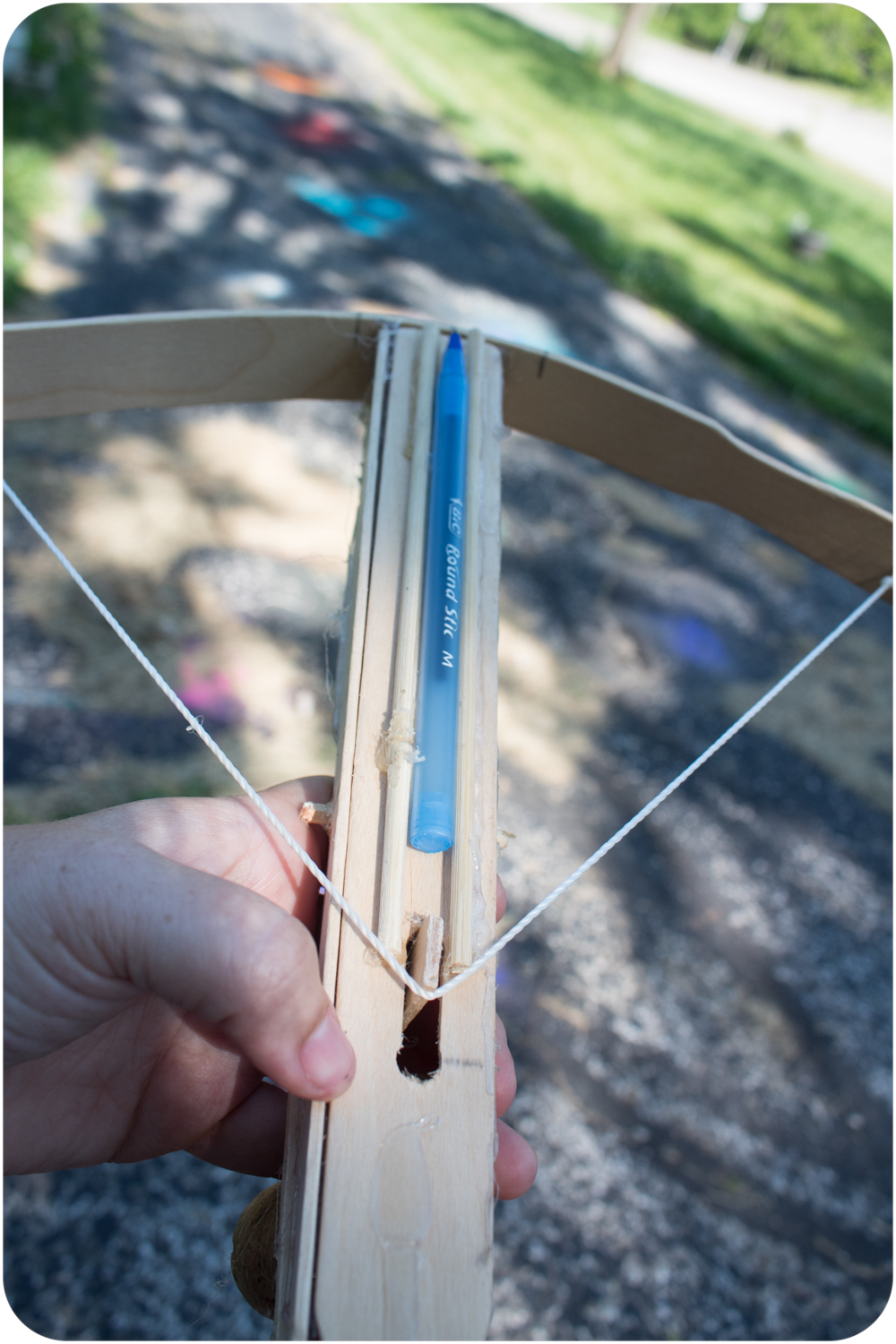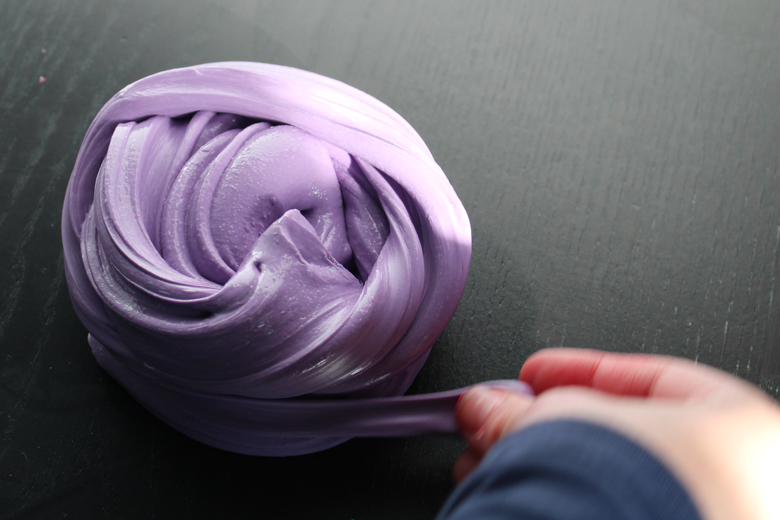
To be fair, the Girl Scout Space Sciences badges at every level are more than fine as they are. They offer a good progression from Daisy and Ambassador, don't have so much overlap with school curricula that they'd be repetitive and boring, and are a fun combo of activities, academics, and hands-on work.
However, as the leader of a CSA troop during a pandemic, I have a couple of special circumstances:
- Since the badge is offered at every level, I wanted to lead the badge in such a way that each kid could earn it at their level, and wouldn't have to repeat any activities to earn it at the next level. So basically, I had to invent new activities that met the same goals as the activities recommended in the badge books.
- We'd planned to have an entirely outdoor meeting in November to earn this badge, which... brrr! Mind you, Girl Scouts can deal with the cold, but I thought it would be more productive to hybridize the badge, and have some activities that the kids could complete at home, while saving the must-be-outdoors activities for our meeting.
I ended up really liking that hybrid method, by the way. As the kids get older, their badges take more work to earn, as they should! But my troop does not meet so often or for so long that we can easily do all the badge activities together and still earn badges with any regularity. Giving them the at-home kits worked well to make sure we accomplish the pedagogical and skill goals of the badge, while making the best use of our limited meeting time. Even better that it puts more of the responsibility of actually finishing the badge on their shoulders! It's a fairly low-stakes, high-interest project for practicing those crucial time management skills.
Here, then, is the agenda of activities to earn the Girl Scout CSA Space Science badge at your level:
SEE THE STARS IN A NEW WAY (from the Cadette Space Science Researcher badge)
Make a planisphere.
DISCOVER TELESCOPES AS LIGHT COLLECTORS (from the Senior Space Science Expert badge)
Look through Ms. Julie’s telescope.
DISCOVER WORLDS BEYOND EARTH (from the Ambassador Space Science Master badge)
Make a postcard or tourist brochure (Use NASA tourist posters for inspiration)
Include graphics, explanation, postcards, and postcard stamp in at-home package
DIVE INTO NASA SCIENCE (from the Ambassador Space Science Master badge)
Model rockets!
Drop off early in October; should be assembled, with glue cured, painted by meeting time.
Can we see the ISS during our meeting?
EXPLORE YOUR INTERESTS (from the Ambassador Space Science Master badge)
Light Pollution
Bortle Dark-Sky Scale
https://www.delmarfans.com/educate/basics/lighting-pollution/
Globe at Night Citizen Science Project: https://www.globeatnight.org/
Our main theme was the ways that we explore and observe space. Many of the kids had never stargazed with any intention before, so for Step 1, I wrote everyone a lesson about naked eye observation of the night sky, in particular the regularity of the constellations, and
their use as celestial calendars. I gave the kids the supplies to construct
this cardstock planisphere as a paper celestial calendar/night sky viewer, and I showed the kids who brought theirs with them to our in-person meeting how to use them, and also shared around the
night sky app on my phone as a comparison. The kids pretty much all preferred my night sky app, but with their analog planispheres they'll never be lost in the sky!
Step 2 was my favorite, because my favorite thing to do is to look through my telescope! While the kids and our other chaperone were finishing up their campfire dinner, I set up my telescope; it's fiddly, takes a billion years to get just right, and trying to do it while people watch me makes me nervous. It was fully dark by the time everyone had finished eating, which was perfect timing! In early November, great things to see through a telescope include Jupiter and its moons, Saturn (and its rings!), and, of course, the Moon:
And since it was right there, we looked at Mars, even though it's not exactly the most mind-blowing planet to observe through an at-home telescope. I would have loved to have shown them the Andromeda Nebula, which is my current favorite thing to look at, but I'm still learning my telescope and I'm lucky if I can find it when it's just me in a field with all the time in the world and nobody looking at me.
I didn't do so much of a guided lesson for the telescope step, but we did talk a lot about what we were looking at, what else we might look at, and about good old Galileo. The canals of Mars! How he probably burned out his retinas! You know, all that good, educational stuff!
I wanted the kids to know that most space observation is indirect, but still results in interestingly detailed descriptions of what's being observed, AND I wanted something that they could do completely at home, so for Step 3, I decided to have them make souvenir postcards for a space object of their choice. I gave them postcard blanks that I wrote, color copies of several of these NASA Exoplanet Travel Postcards as inspiration (I had Matt tile several at a smaller scale onto a single page so the kids could see lots of examples without the troop paying for lots of color printing!), a stamp, and the address of their "secret Girl Scout," i.e., another kid in the troop. I wrote them a lesson on exoplanets, the methods of indirect observation that give us information about them, and the ways that the artists of the NASA postcards used that information to construct creative visuals of them.
Each kid's assignment, then, was to choose absolutely anything in space that humans have not stepped on or sent cameras to the surface of. They were to research their space object, creatively interpret that information to make their own travel postcard for it, then mail that postcard to their secret Girl Scout along with the name of their object and some cool facts about it.
Here is Will's:

I love how she even included a cute slogan for her exoplanet with three suns!
Okay, Step 4 could easily be a badge of its own--and why are there no Girl Scout rocketry badges?!? I did want the kids to learn more about direct exploration of space, but mostly I wanted a super-fun, super-exciting activity that would really sell space science to them, AND I wanted it to be outdoors and social-distancing friendly.
Rockets it is, then!
I bought a bulk set of
these easy-to-assemble rockets, and a
variety pack of engines. I put the rockets and build instructions into the kids' at-home kits, and told them what step to stop at, because I planned for us to finish them as a group during our in-person meeting. The instructions that came with the package were... not great, unfortunately. Some kids texted me for troubleshooting advice, some kids found their own tutorial videos on YouTube, some more or less got it right on their own, and some I helped at the meeting.
Everybody DID end up with a launchable rocket, although there were... some issues. Some kids who misread the instructions had rockets that basically blew up on the launch pad. Other kids glued their fins into very creative configurations--I should definitely have covered fin placement in my lesson!--and had rockets that spiraled off alarmingly upon liftoff. Of course it had to be my own kid's rocket that lifted off, rose about five feet, then turned 90 degrees and screamed directly at one of our chaperones. She and all the kids leapt away, the rocket landed basically where she'd been standing a half second previously, smoked quietly for several seconds, then exploded.
But most of the kids had awesome launches!
There were so many cool, technical things that the kids practiced and learned during this activity, from the build instructions to fin placement (oops!) to engine size to the practicalities of hooking up the rocket to make a complete circuit to why we always do a countdown to launch that, yeah. There should seriously be a badge for that. It was the FUNNEST!
Girl Scouts always want to make the world a better place, so for our final step, I introduced the kids to the
Bortle Dark-Sky Scale. We live in an interesting location, with very dark and rural areas just a few minutes from our town, but also with a large university that also leaves the lights on at its large football stadium way too often for my liking. In other words, do NOT GET ME STARTED about light pollution!
I gave the kids an at-home copy of the Bortle Dark-Sky Scale, and we talked about it and about light pollution while we took turns looking through the telescope. I had really wanted to also do this
Globe at Night Citizen Science Project with them, but it wasn't the correct time of month when we met, alas, and I didn't want to turn it into one more at-home assignment. I guess I'll save it for the next time I run this badge and need all new activities!
I think the kids all had a fun time with this badge. We had the perfect combination of activities for their different personalities--active stuff, outdoor stuff, hands-on stuff, art stuff, experiential learning stuff, and, of course, campfire and hot dog and s'mores stuff. It was one of the very few times we've met in person since the pandemic began, so I think they were all thrilled to see each other, and I'm very hopeful that rocketry and telescope observation were exciting events even for those jaded teenaged hearts.
Next up: we navigate Girl Scout cookie season in a pandemic, maybe go kayaking in a cave, and also maybe have an entire meeting based solely on Percy Jackson.
.jpg)
.jpg)
.jpg)
.jpg)

















































